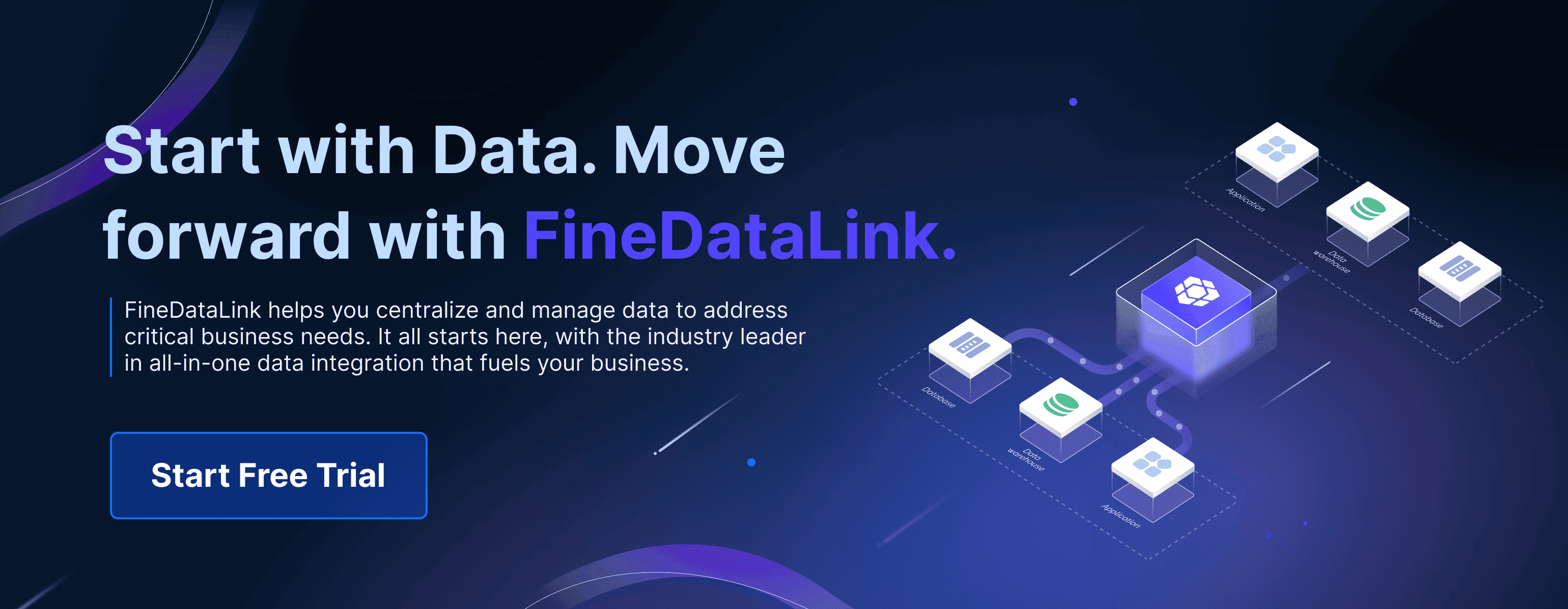A data logger is a compact device designed to record and store data over time. Its primary function revolves around monitoring parameters like temperature, humidity, and energy consumption. You can rely on it to ensure accuracy and consistency in data collection, which is crucial for industries in Malaysia like manufacturing and healthcare.
In Malaysia, data loggers have become indispensable across sectors. The market is projected to grow at a compound annual growth rate of 7.4% from 2025 to 2030. Industries in Malaysia such as automotive, driven by advancements in connected vehicles, heavily rely on these devices for real-time monitoring. Their ability to optimize processes and reduce costs highlights their growing importance in Malaysia's modern operations.
How Does a Data Logger Work?
Components of a data logger
A data logger consists of several key components that work together to collect and store information. Each part plays a specific role in ensuring accurate and reliable data acquisition. Here's a breakdown of the main components:
| Component | Functionality |
|---|---|
| Sensors | Measure physical parameters and send data to the data logger. |
| Microprocessors | Process the signals received from the sensors. |
| Internal Memory Storage | Store the logged data in non-volatile memory for later retrieval. |
| Programmable Module | Allows for configuration and setting of alert levels for monitoring. |
| Cloud Data Management | Enables remote access to the logged data via mobile devices. |
| Alert System | Sends notifications (email/SMS) if data exceeds pre-set alert levels to ensure safety. |
These components work in harmony to make data loggers versatile and efficient tools for monitoring and recording various parameters. For example, sensors capture measurements like temperature or voltage, while the microprocessor processes this data for storage or transmission.
The data logging process explained
The operation of a data logger follows a straightforward yet highly efficient process. First, the sensors detect and measure specific parameters, such as humidity or energy consumption. These measurements are then converted into digital signals by the microprocessor. Once processed, the data is stored in the logger's internal memory or transmitted to a cloud platform for remote access.
You can configure the device to record data at specific intervals, ensuring consistent monitoring. Some advanced data logging devices also include programmable modules that allow you to set thresholds. If the data exceeds these thresholds, the alert system sends notifications, enabling you to take immediate action. This process ensures that you can monitor critical parameters in real-time and respond to any anomalies promptly.
Data storage and retrieval methods
Modern data loggers in Malaysia offer flexible and robust storage and retrieval options. They are designed to handle large volumes of data, making them ideal for remote locations where frequent access may not be feasible in Malaysia. Here are some common methods:
- Internal memory stores data securely, even during power outages.
- External memory expansion options, such as SD cards, support extensive projects.
- On-site downloading via USB or memory cards provides quick access to stored data.
- Wireless transmission through cloud platforms enables real-time data retrieval and remote monitoring.
These methods ensure that you can access your data conveniently in Malaysia, whether you are on-site or managing operations remotely. For example, cloud-based systems allow you to view data from multiple devices, making it easier to analyze trends and make informed decisions in Malaysia.
Types of Data Logger and Their Applications
Categorization by application (e.g., environmental, industrial, medical)
Data loggers are tailored to meet the needs of specific industries in Malaysia. You’ll find them in sectors like manufacturing, healthcare, and environmental monitoring. Each application demands unique features to ensure optimal performance.
| Sector | Role of Data Loggers |
|---|---|
| Manufacturing | Essential for monitoring operational parameters, ensuring quality control, and minimizing downtime. |
| Healthcare | Crucial for maintaining temperature-sensitive medical supplies and ensuring patient safety. |
| Food and Beverage | Used to monitor temperature and humidity levels for food safety and compliance with health standards. |
| Environmental | Monitors climate variables and pollution levels, aiding in research and compliance with regulations. |
For example, in Malaysia's healthcare, temperature data loggers play a vital role in preserving vaccines and medications. In manufacturing, power data loggers help track energy consumption, ensuring efficient operations. These devices adapt to the demands of each Malaysia's industry, making them indispensable tools for modern businesses in Malaysia.
Categorization by signal type (e.g., temperature, humidity, voltage)
Data loggers are also categorized based on the signals they monitor. You can choose from options like temperature data loggers, voltage data loggers, and current data loggers, depending on your needs.
- Temperature data loggers are ideal for tracking environmental conditions or preserving sensitive materials.
- Voltage data loggers measure electrical signals, ensuring equipment operates within safe limits.
- Current data loggers monitor electrical flow, helping you optimize energy usage.
- Mixed signal data loggers combine multiple capabilities, offering versatility for complex projects.
These devices typically operate at low sample rates, allowing them to record data over extended periods. Whether you need to monitor humidity levels or electrical performance, there’s a data logger designed for your requirements.
Wireless vs. standalone dataloggers
When selecting a data logger, you’ll encounter two main types: wireless and standalone. Wireless data loggers transmit data in real-time to cloud platforms, enabling remote monitoring. They’re perfect for applications requiring instant access to information, such as environmental research or logistics tracking.
Standalone data loggers store data internally, making them ideal for remote locations or situations where connectivity is limited. For instance, standalone models like the ESDL-30 excel in harsh environments, offering robust memory capacity and reliable performance.
| Model | Application | Number of Channels | Memory Capacity | Operating Temperature Range | Power Supply |
|---|---|---|---|---|---|
| ESDL-30 | SDI-12 Interface Sensors | 3 | 2 Million data points | -30° to 70°C | 2 x D size 3.6 V Lithium cells |
| ESCL-10VT | Vibrating Wire Sensors | 1 | N/A | Wide range | Multiple options available |
Wireless models offer convenience, while standalone devices provide durability. Your choice depends on the environment and the level of connectivity required for your operations.
Benefits of Data Logger in Modern Industries in Malaysia
Enhancing accuracy and reliability in data collection
Data loggers significantly improve the accuracy and reliability of monitoring measurement data. These devices offer precision metrics ranging from basic accuracy (1-2% full scale) to high-precision units (0.01% full scale). For instance, a temperature logger used in warehouse monitoring typically maintains an accuracy of 1-2 degrees Fahrenheit. Advanced models, like the LR8450, reduce the impact of high-frequency noise, ensuring stable and reliable temperature measurements even in noisy environments.
This level of precision ensures that you can trust the data collected, whether you're monitoring environmental conditions or tracking equipment performance. Reliable data collection minimizes errors, enabling you to make informed decisions and maintain compliance with industry standards in Malaysia.
Improving cost-efficiency and operational efficiency
Data logging enhances cost-efficiency by optimizing operations and reducing waste. Real-time data helps identify energy-saving opportunities, lowering operational costs. Predictive analysis of equipment performance reduces maintenance expenses and prevents unplanned shutdowns, which can be costly. For example, timely detection of temperature deviations prevents spoilage of sensitive goods, saving money and resources.
Additionally, data loggers ensure compliance with process requirements, enhancing transparency and traceability. This leads to higher customer satisfaction and confidence in product quality. By reducing waste in the supply chain and maintaining product integrity, businesses achieve significant cost savings.
Real-time monitoring and decision-making
Real-time monitoring is a game-changer for industries in Malaysia requiring immediate responses. Data loggers continuously track environmental factors like temperature, humidity, and CO₂ levels, enabling you to act quickly when deviations occur. Automated alerts notify teams of potential issues, preventing minor problems from escalating into major risks.
In fast-paced environments like healthcare, continuous data capture provides immediate insights. For example, the Mayo Clinic reported a 35% reduction in patient wait times and a 28% increase in satisfaction through real-time monitoring systems. This capability ensures that you can make swift, data-driven decisions, improving overall efficiency and outcomes.
Practical Applications of Data Logger
Environmental monitoring (e.g., weather, air quality)
You can use data loggers to monitor environmental conditions like temperature, humidity, and air quality. These devices play a critical role in weather forecasting and climate research. For example, meteorologists rely on them to track temperature changes and precipitation levels over time. Air quality monitoring stations also use data loggers to measure pollutants like carbon dioxide and particulate matter.
🌱 Tip: Deploying data loggers in remote areas helps you gather valuable insights into environmental changes without constant human intervention.
In agriculture, data loggers help farmers optimize irrigation by monitoring soil moisture levels. This ensures efficient water usage and healthier crops. Whether you’re studying climate patterns or improving agricultural practices, data loggers provide reliable data for informed decisions.
Industrial processes and equipment performance
In industrial settings, data loggers monitor equipment performance and ensure operational efficiency. You can use them to track parameters like energy consumption, vibration levels, and machine temperature. This helps identify inefficiencies and prevent equipment failures.
For example, manufacturers use data loggers to measure the overall equipment effectiveness (OEE) of machinery. By analyzing this data, you can reduce downtime and improve productivity. Predictive maintenance becomes easier when you have access to real-time data, allowing you to address issues before they escalate.
| Parameter Monitored | Benefit |
|---|---|
| Energy Consumption | Identifies areas to reduce energy costs. |
| Vibration Levels | Detects potential mechanical failures early. |
| Machine Temperature | Prevents overheating and extends equipment lifespan. |
Healthcare and medical research
Data loggers are essential in healthcare for maintaining the integrity of temperature-sensitive medical supplies. You can use them to monitor vaccine storage conditions, ensuring compliance with safety standards. Hospitals also rely on data loggers to track environmental conditions in operating rooms and laboratories.
In medical research, data loggers collect precise data for experiments. For instance, researchers studying human physiology use them to monitor body temperature and heart rate. These applications highlight the versatility of data logging devices in advancing healthcare and scientific discovery.
Transportation and logistics
Data loggers play a vital role in transportation and logistics by ensuring the safe and efficient movement of goods. You can use them to monitor critical parameters like temperature, humidity, and vibration during transit. These devices help maintain product quality, especially for sensitive items like pharmaceuticals, food, and electronics.
Key Applications in Logistics
- Cold Chain Monitoring: Data loggers track temperature levels in refrigerated trucks and containers. This ensures that perishable goods like vaccines and fresh produce remain within safe temperature ranges.
- Shock and Vibration Tracking: You can use data loggers to measure vibrations during transport. This helps identify potential damage to fragile items like glassware or electronics.
- Fleet Performance: Data loggers monitor fuel consumption and engine performance. This improves operational efficiency and reduces costs.
🚛 Tip: Deploying wireless data loggers in your fleet allows you to access real-time data remotely, ensuring quick responses to any issues.
Benefits for Transportation
Data loggers enhance transparency in logistics operations. You can use them to provide detailed records of environmental conditions during transit, which builds trust with customers. These devices also reduce waste by preventing spoilage and damage. For example, a temperature logger can alert you if a refrigerated truck’s cooling system fails, allowing immediate corrective action.
Example Use Case
Imagine shipping vaccines across the country. A temperature data logger continuously monitors the storage conditions. If the temperature rises above the safe threshold, the system sends an alert. This ensures the vaccines remain effective upon delivery.
Data loggers simplify logistics by providing actionable insights. Whether you manage a fleet or oversee supply chains, these tools help you optimize operations and maintain product integrity.
Choosing the Right Data Logger for Your Needs
Key factors to consider (e.g., data type, environment, budget)
Selecting the right data logger depends on several critical factors. Start by identifying the type of data you need to monitor. For instance, temperature, humidity, or voltage may require specific sensors. Consider the environment where the device will operate. Harsh conditions, such as extreme temperatures or high humidity, demand rugged and durable models.
Budget plays a significant role in your decision. Data loggers vary in price, and additional costs for software or accessories can add up. Evaluate your project’s financial constraints to ensure you choose a cost-effective option.
💡 Tip: Always check the company’s reputation. Reliable brands often provide better long-term support and service.
Evaluating features and specifications
When comparing data loggers, focus on their hardware and software capabilities. Look for high-quality sensors that offer accurate readings within your required operating range. Advanced models often include features like programmable alerts and cloud connectivity for real-time monitoring.
Software capabilities are equally important. A good data logger should provide basic statistics, such as high, low, mean, and average readings. These features simplify data analysis and help you make informed decisions.
| Feature | Importance |
|---|---|
| Sensor Quality | Ensures accurate and reliable data collection. |
| Operating Range | Determines suitability for specific environmental conditions. |
| Software Capabilities | Simplifies data analysis with built-in statistics and visualization. |
Avoiding common mistakes in data logger selection
Avoid choosing a data logger without fully understanding your operational needs. Many users overlook compatibility with existing systems, leading to integration challenges. Another common mistake is underestimating the importance of memory capacity. Insufficient storage can disrupt long-term projects.
🚨 Note: Don’t ignore the power supply requirements. Ensure the device can operate reliably in your intended environment.
By carefully evaluating these factors, you can select a data logger that meets your needs and enhances your operations in Malaysia.
The Future of Data Logger in 2025
Emerging trends in data logger technology
The landscape of data logging is evolving rapidly in 2025, driven by technological advancements and growing industry demands in Malaysia. You’ll notice a significant shift toward integrating cutting-edge technologies like AI and high-performance computing (HPC). These innovations are reshaping how data loggers operate, making them more efficient and versatile.
| Key Trends and Forecasts | Description |
|---|---|
| AI and HPC Workloads | The rise in AI and HPC workloads is fueling the demand for advanced data logging solutions. |
| Data Center Demand | Increased reliance on data centers and cloud storage is pushing the need for next-gen memory. |
| Emerging Technologies | Technologies like MRAM, ReRAM, and PCM are becoming essential for future-ready data loggers. |
| Market Size Forecast | SSDs and HDDs are projected to grow significantly, driven by applications in AI and cloud storage. |
These trends highlight the growing importance of data loggers in industries in Malaysia like manufacturing, healthcare, and environmental monitoring. For example, the adoption of MRAM and ReRAM ensures faster data collection and retrieval, even in high-demand environments. This makes data loggers indispensable for real-time monitoring and decision-making.
The role of IoT and AI in data logger
The integration of IoT and AI is revolutionizing data logging by enhancing its capabilities and applications in Malaysia. IoT enables seamless connectivity between devices, while AI improves data analysis and predictive capabilities. Together, they create smarter systems that adapt to your needs in Malaysia.
| Application Area | Key Findings | Impact |
|---|---|---|
| Smart Cities | IoT and Big Data Analytics (BDA) improve efficiency and security. | Enhances energy efficiency and prediction accuracy in data transmission. |
| Agriculture | AI and IoT enable smart farming practices. | Boosts crop yields and optimizes resource management. |
For instance, in smart cities, IoT-enabled data loggers monitor environmental conditions like air quality and traffic flow. AI algorithms analyze this data in real-time, providing actionable insights to improve urban planning. Similarly, in agriculture, IoT sensors combined with AI help you monitor soil moisture and weather patterns, ensuring better resource utilization and higher productivity in Malaysia.
🌐 Did you know? Deep learning algorithms in IoT systems achieve up to 97.80% prediction accuracy, minimizing data delays and improving decision-making.
Predictions for advancements in data storage and analysis
The future of data storage and analysis for data loggers looks promising, with significant advancements on the horizon. Predictive analytics is merging with real-time analytics, allowing you to make dynamic decisions based on historical and live data. This integration is crucial for optimizing operations and enhancing data analysis efficiency.
The predictive analytics software market in Malaysia, valued at $5.29 billion in 2020, is expected to reach $41.52 billion by 2028. This growth reflects the rising demand for tools that enhance data storage and analysis capabilities. For data loggers, this means improved storage technologies and smarter analytics features. You can expect faster data retrieval, better data integrity, and more robust security measures.
Products like FineDataLink by FanRuan exemplify this future-ready approach. They offer features like real-time data synchronization, advanced ETL/ELT capabilities, and enhanced data connectivity. These tools ensure seamless data integration and analysis, making them ideal for modern industries in Malaysia.
| Feature/Protocol | Description |
|---|---|
| Adaptability | Supports various power sources for uninterrupted operation. |
| Efficiency | Energy-efficient designs allow operation for up to three years. |
| Communication Protocols | Compatible with multiple protocols like SDI-12 and MODBUS for diverse sensor integration. |
| Data Integrity | Advanced security features protect against unauthorized access. |
| Remote Configuration | Enables remote troubleshooting, reducing the need for on-site visits. |
| Data Preservation | Enhanced onboard storage ensures data safety during transmission delays. |
These advancements will redefine how you use data loggers, making them more reliable and efficient. Whether you’re monitoring industrial equipment or tracking environmental changes, the future of data logging promises unparalleled accuracy and convenience.
How FineDataLink by FanRuan supports future-ready data logger
FineDataLink by FanRuan offers a cutting-edge solution for organizations seeking to elevate their data logging capabilities. As industries in Malaysia increasingly rely on precise data collection and analysis, FineDataLink provides the tools you need to stay ahead. Its advanced features ensure seamless integration, efficient data management, and real-time insights, making it an ideal choice for future-ready operations in Malaysia.
1. Seamless Integration Across Systems
FineDataLink simplifies the challenge of integrating data from multiple sources. Whether you are working with legacy systems, cloud platforms, or SaaS applications, this platform supports over 100 common data sources. You can easily connect and synchronize data without worrying about compatibility issues. For example, FineDataLink enables you to integrate environmental data loggers with your existing monitoring systems, ensuring a unified data flow.
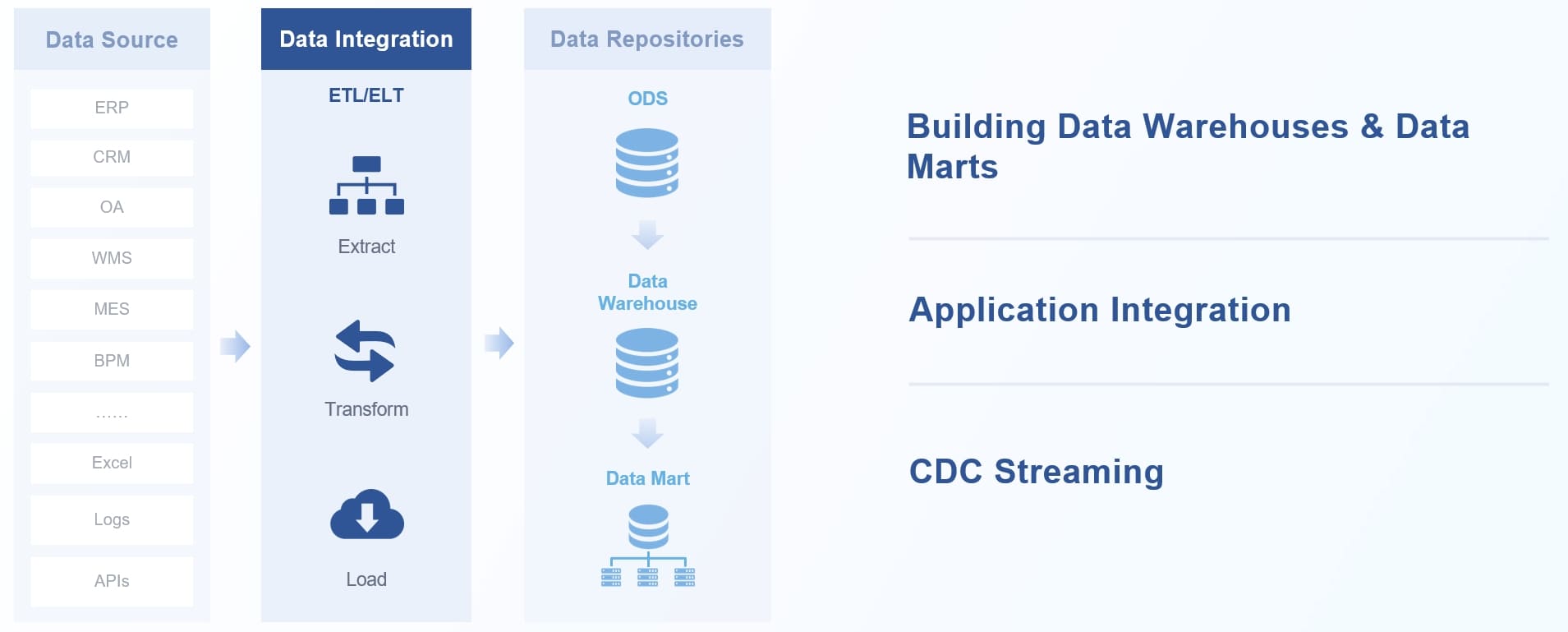
💡 Tip: Use FineDataLink’s drag-and-drop interface to streamline your integration process. This feature reduces the need for extensive coding, saving you time and effort.
2. Real-Time Data Synchronization
FineDataLink excels in real-time data synchronization, a critical feature for modern data logging. It ensures that data from your devices, such as temperature or voltage data loggers, is updated with minimal latency. This capability is particularly valuable in industries in Malaysia like healthcare and logistics, where timely data can prevent costly errors. For instance, you can monitor vaccine storage conditions in real-time, ensuring compliance with safety standards.
| Feature | Benefit |
|---|---|
| Real-Time Synchronization | Provides instant updates for critical parameters. |
| Low Latency | Ensures data is transmitted within milliseconds. |
| Cloud Connectivity | Enables remote access to real-time data from any location. |
3. Advanced ETL/ELT Capabilities
FineDataLink goes beyond basic data logging by offering advanced ETL (Extract, Transform, Load) and ELT functionalities. These tools allow you to preprocess and transform data for deeper analysis. For example, you can use FineDataLink to clean and organize data from multiple loggers before feeding it into a business intelligence platform. This ensures that your data is not only accurate but also actionable.
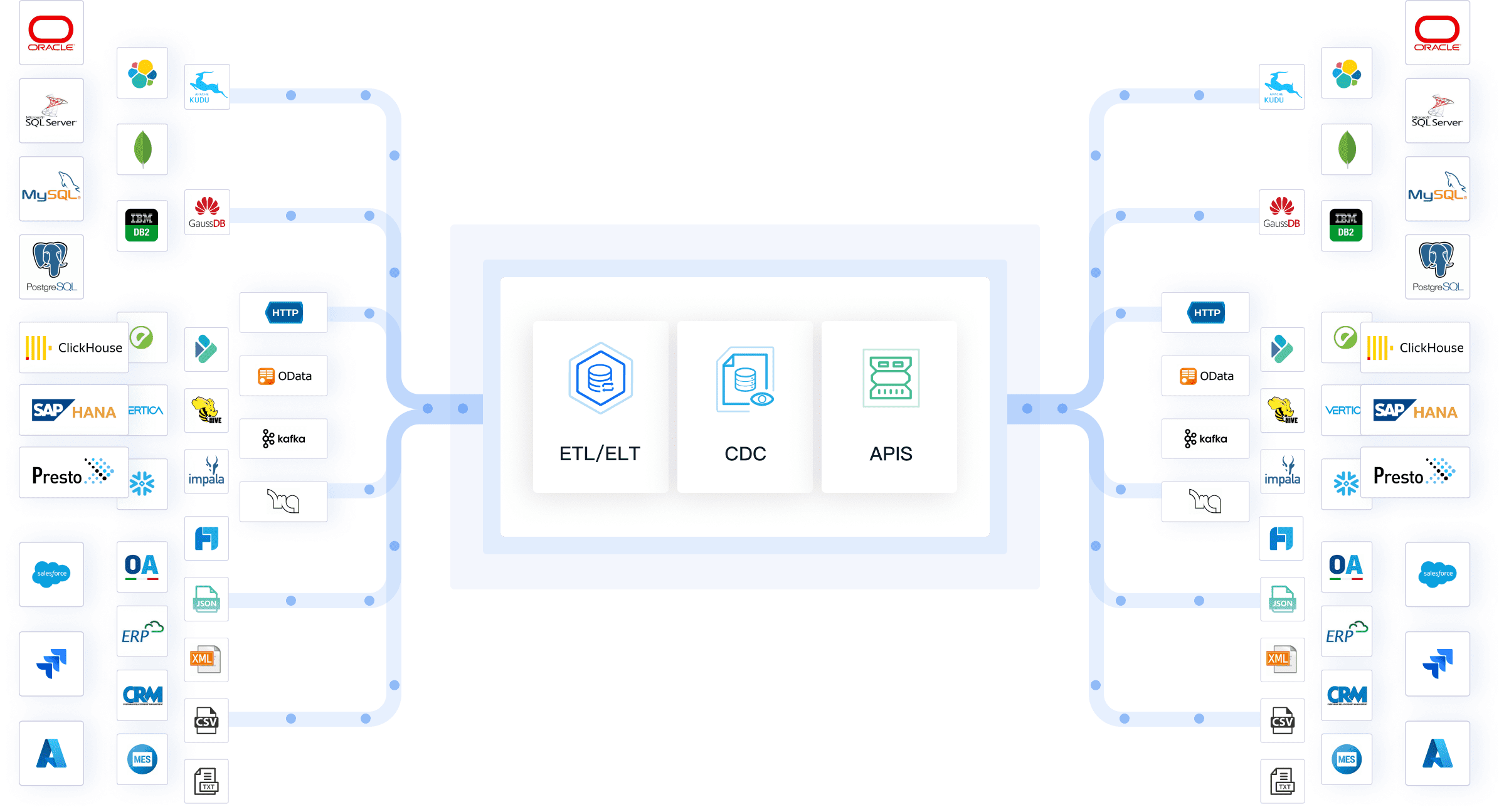
🚀 Did you know? FineDataLink can handle large volumes of data without compromising performance, making it ideal for high-demand environments like manufacturing.
4. Enhanced Monitoring and Decision-Making
FineDataLink empowers you with robust monitoring tools that provide real-time insights into your operations. Its API integration capabilities allow you to develop custom dashboards for tracking key metrics. For instance, you can monitor energy consumption across multiple facilities and receive automated alerts if thresholds are exceeded. This level of visibility helps you make informed decisions quickly.
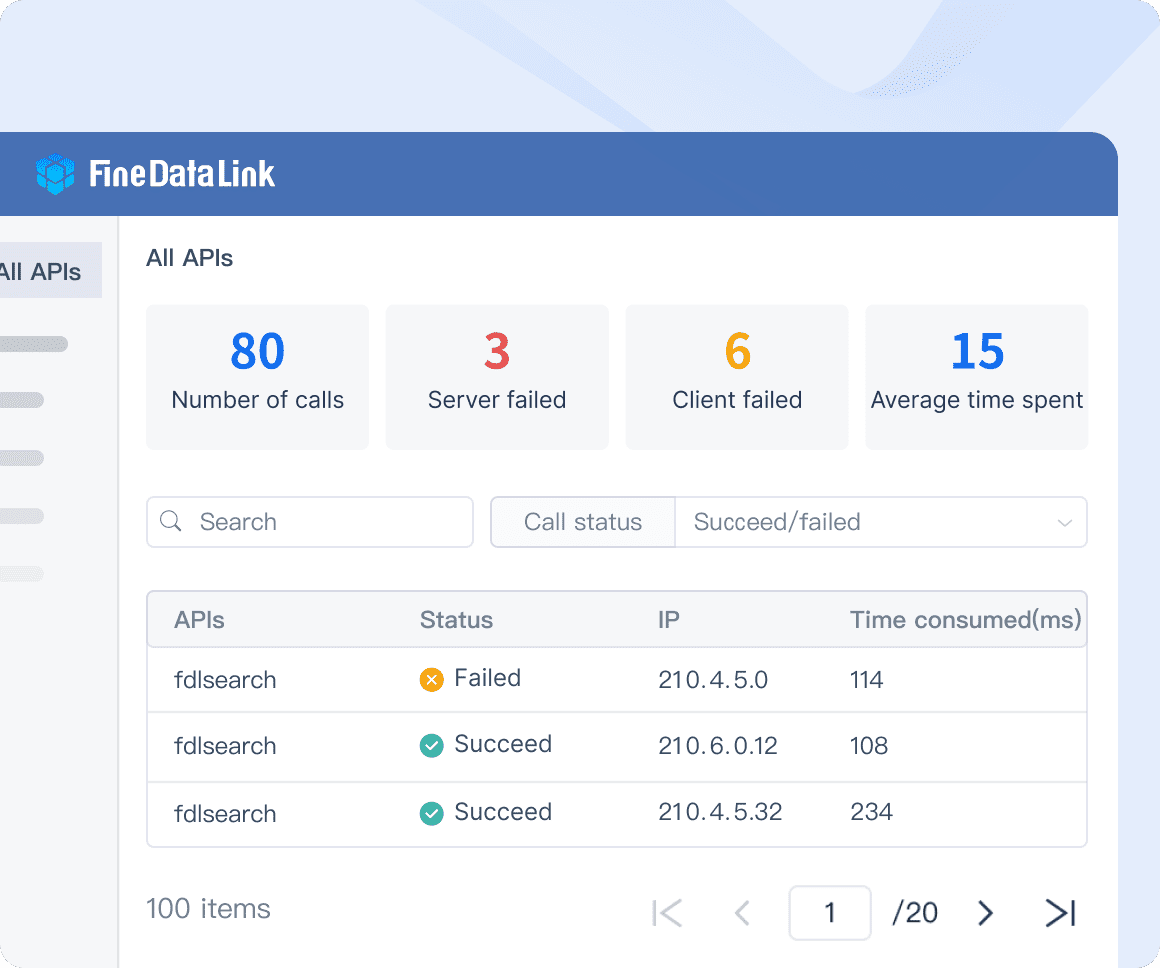
| Monitoring Feature | Application |
|---|---|
| Custom Dashboards | Visualize data from multiple sources in one place. |
| Automated Alerts | Receive notifications for anomalies or threshold breaches. |
| Predictive Analytics | Identify trends and prevent potential issues before they occur. |
5. Future-Ready Data Storage and Security
FineDataLink ensures that your data remains secure and accessible, even as storage demands grow. Its support for advanced storage technologies like MRAM and ReRAM guarantees faster data retrieval and higher reliability. Additionally, the platform includes robust security measures to protect your data from unauthorized access. Whether you are managing environmental data or industrial performance metrics, FineDataLink provides the reliability you need.
🔒 Note: FineDataLink's data preservation features ensure that no information is lost during transmission delays, making it a dependable choice for critical applications.
6. Scalability for Growing Needs
As your operations expand, FineDataLink scales effortlessly to meet your needs. Its flexible architecture supports both small-scale projects and enterprise-level deployments. For example, you can start by integrating a single data logger and gradually scale up to a network of devices across multiple locations. This adaptability makes FineDataLink a future-proof investment for your organization.
By leveraging FineDataLink, you can transform your data logging processes into a streamlined, efficient, and future-ready system. Its combination of real-time synchronization, advanced analytics, and robust monitoring tools ensures that you stay ahead in an increasingly data-driven world.
Data loggers have become essential tools for modern industries in Malaysia. They ensure accurate data collection, improve operational efficiency, and support real-time monitoring. Their ability to automate processes reduces manual errors and enhances productivity.
📊 Key Insights:
- 66% of data leaders emphasize the importance of analytics in driving innovation.
- Big data investments lead to an 8% revenue increase.
- Organizations allocate 55% of their IT budgets to data solutions.
Advancements in 2025, such as AI integration and predictive analytics, make data loggers smarter and more adaptable. These innovations empower you to make informed decisions, optimize processes, and stay ahead in a data-driven world.
Click the banner below to try FineDataLink for free and empower your enterprise to transform data into productivity!
Continue Reading About Data Logger
What Are the Best Big Data Software Tools for Businesses in 2025?
What is Primary Data and Why It Matters
FAQ
What is the lifespan of a typical data logger?
Most data loggers last between 3 to 5 years, depending on usage and environmental conditions. High-quality models with durable components can last longer. Regular maintenance, such as replacing batteries and protecting the device from extreme conditions, helps extend its lifespan.
Can you use a data logger without internet access?
Yes, standalone data loggers store data internally and don’t require internet access. You can retrieve the data later using USB or memory cards. These devices are ideal for remote locations or areas with limited connectivity.
How do you calibrate a data logger?
To calibrate a data logger, use a reference device with known accuracy. Compare the logger’s readings to the reference and adjust settings if needed. Some models include auto-calibration features, simplifying the process. Always follow the manufacturer’s guidelines for best results.
Are data loggers waterproof?
Many data loggers are waterproof or water-resistant, but not all. Check the device’s IP rating to confirm its level of protection against water and dust. For underwater applications, choose models specifically designed for submersion.
What industries benefit the most from data loggers?
Industries in Malaysia like manufacturing, healthcare, agriculture, and logistics rely heavily on data loggers. These devices help monitor equipment, ensure product quality, and maintain compliance with safety standards. Environmental research and smart city projects also benefit from their real-time monitoring capabilities.
💡 Tip: Choose a data logger tailored to your industry’s specific needs for optimal performance.

The Author
Howard
Data Management Engineer & Data Research Expert at FanRuan
Related Articles

7 Best Data Lake Solutions for Modern Enterprises in 2025
Compare the best data lake solutions for 2025 to boost enterprise scalability, security, and analytics. See which platforms fit your business needs.
Howard
Nov 28, 2025

7 Essential Big Data Best Practices to Succeed in 2025
Apply these 7 big data best practices for 2025 to boost data quality, security, and scalability, ensuring your organization stays competitive and compliant.
Howard
Nov 17, 2025
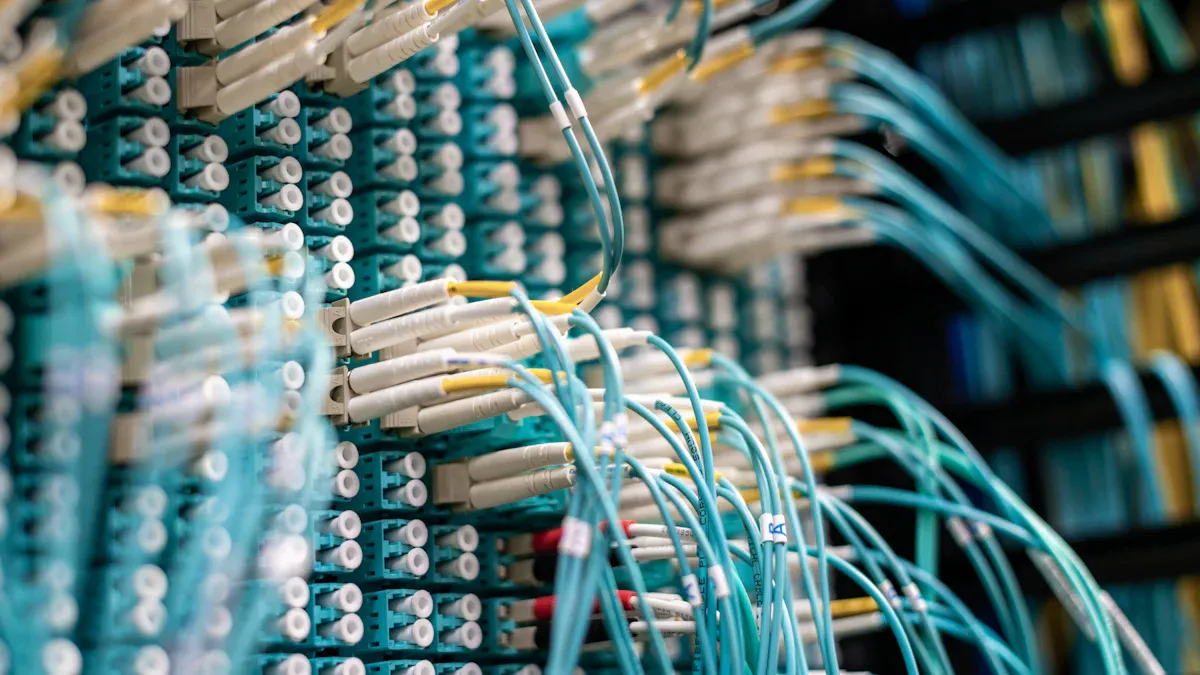
Understanding Enterprise Data Centers in 2025
An enterprise data center is a facility owned by one company to store, process, and secure its business data and IT systems.
Howard
Sep 30, 2025
